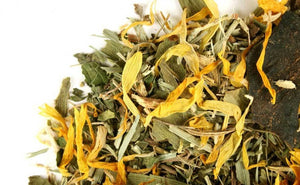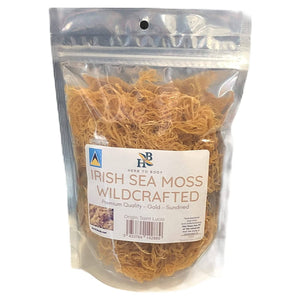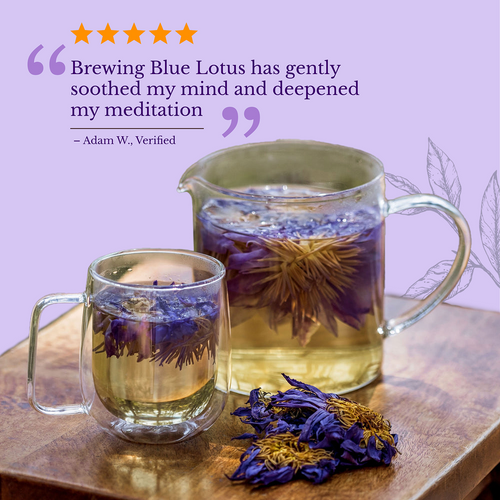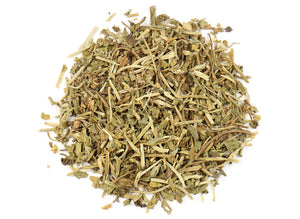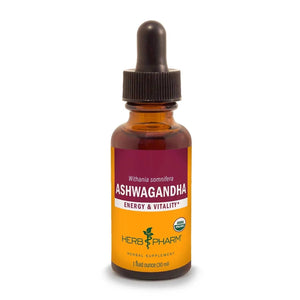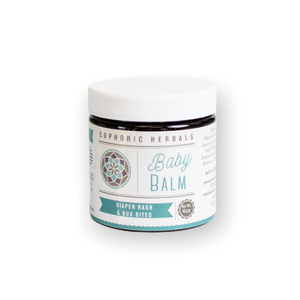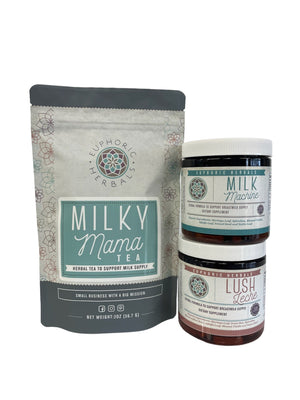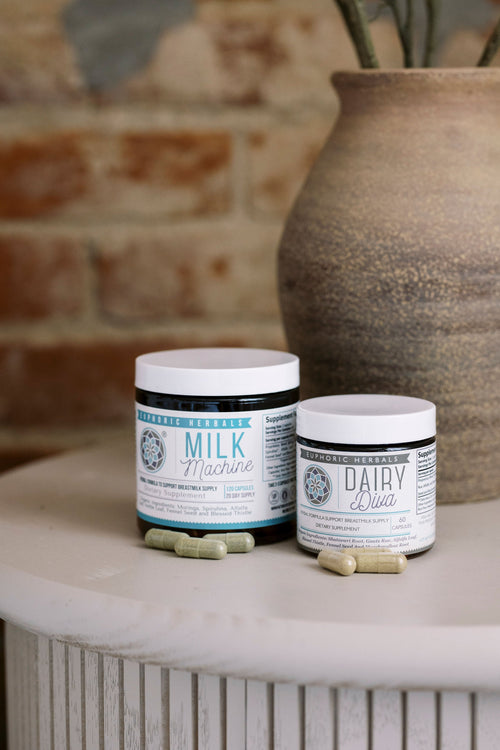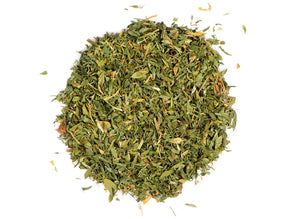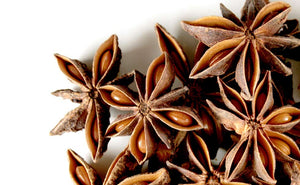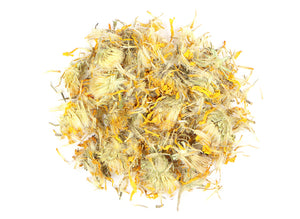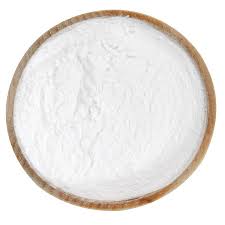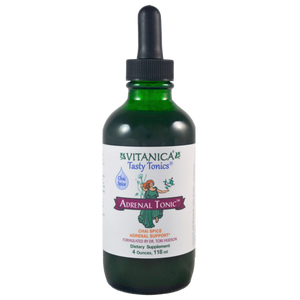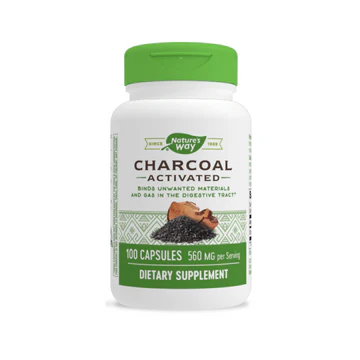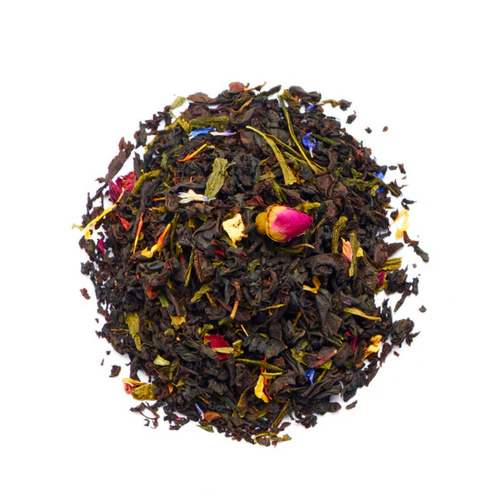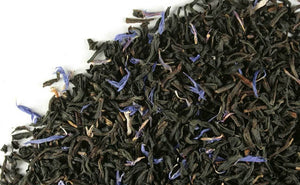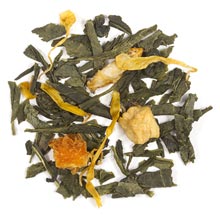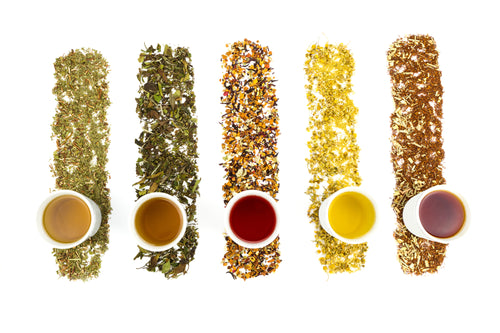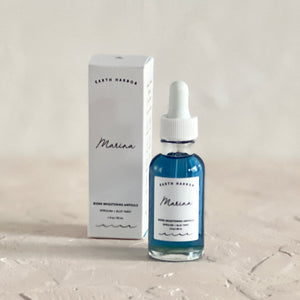Herbs have many benefits, including the potential to help with seasonal allergies. However, they can also be the cause of an allergic reaction if you are sensitive to a specific plant or family of plants.
To help you avoid major problems on your herbal journey, here's more on what an herbal allergy looks like and the most common herb allergies to be aware of (plus some substitute herbs) as well as how to test for a potential allergic reaction.
Herb Allergies: How Common Are They?
True herb allergies are not as common as you might think. Even some plants that may cause an allergic reaction when they are growing or in bloom don't have the same effect when dried, made into a tea or tincture, etc.
That being said, allergies are still common enough that you should be aware of them when you start using herbs or natural supplements.
It's also important to realize that any herb can cause an allergic reaction or negative response in an individual- just like some people are allergic to certain foods. However, there are some herbs that more commonly trigger allergies than others, and these are the ones that will be discussed here.
If you do find that you have an allergy to a specific herb, don't despair! Many herbs have similar actions, so you can probably find a good substitute.
Symptoms of an Herb Allergy

Symptoms of an herb allergy are like any other food allergy:
- Itching and/or swelling in the mouth and throat
- Hives
- Trouble breathing or an asthma attack
- Rash
- Sneezing, watery eyes, runny nose
It the herb you are allergic to is applied topically, your skin will likely become itchy and/or red and possibly develop a rash or hives.
It's also possible that you may be sensitive to an herb without having a true allergy. For example, you may notice an upset stomach or a general "off" feeling. Even though this is technically different than an allergic reaction, you should still avoid the herb in question.
Those who already have allergies, particularly to a specific plant group, are more likely to react to certain herbs, but it can happen to anyone. When in doubt, go slow with a new herb and always listen to how your body reacts.
Common Herb Allergies in the Ragweed Family
There's one group of herbs that is more likely than others to cause an allergic reaction: those belonging to the ragweed family.
This family of plants is technically known as the daisy family (Asteraceae) but is often referred to as the ragweed family where allergies are concerned because ragweed pollen is the most notorious of all for inducing hay fever.
If you know you are allergic to ragweed or any of its relatives, be extra cautious with the following herbs.
Echinacea

Echinacea is a very popular herb for boosting immunity, supporting the respiratory system, and helping the body fend off infection. Unfortunately, for some it can cause asthma attacks, hives, and other symptoms of an allergic reaction.
Try This Instead: For immune health, there are many herbs that boost immunity, including elderberry and astragalus. You can also substitute a number of respiratory herbs, like mullein or catnip (neither are in the daisy family).
Chamomile
Chamomile is another very popular herb, especially when it comes to sleep, stress, digestion, and skin issues. However, it is known to cause allergic reactions, most likely because it belongs to the daisy family.
Try This Instead: Catnip is very helpful for stress, sleep, and digestion and is not related to ragweed. There are many replacement skin herbs, including lavender and plantain.
Feverfew
Feverfew can be used for fevers (obviously) and pain from a headache, menstrual cramps, etc. Allergic reactions to feverfew are less common but they do happen.
Try This Instead: Elderflower, peppermint, and catnip can all help relieve a fever. For pain relief, look into these top herbs for pain and inflammation (peppermint is especially good for headaches).
Yarrow
Yarrow is one of the best herbs to stop bleeding (including postpartum) and can help with irregular periods, menstrual cramps, and fevers. The flowers of the plant are more likely to trigger allergies than the leaves.
Try This Instead: Comfrey is excellent for skin woes, although it shouldn't be used on deep or infected wounds. Shepherd's purse can help with internal or external bleeding (including postpartum) and heavy menstrual cycles.
Arnica

Arnica has daisy-like flowers that are frequently used to makes salves and creams for sore muscles, bruises, swelling, and various types of pain. It shouldn't be used internally but may cause a skin reaction when applied topically.
Try This Instead: Cayenne pepper is a good pain reliever and can be used in a muscle rub if you don't mind the warmth that goes with it. Rosemary leaves can also ease aches and pains.
Others
There are more herbs than the ones listed here that belong to the ragweed family. Most of them rarely cause allergic reactions but include calendula, elecampane, artemisia, chicory, artichoke, stevia, and burdock.
Other Common Herb Allergies
Dandelion
Dandelion does belong to the ragweed family, but it's getting its own section because it may cause an allergic reaction in more than one way.
The flowers, of course, may cause an allergy if you are sensitive to ragweed relatives. However, there's also a milky sap that comes out of the roots and flower stem when they are broken. Particularly if you are allergic to latex, this sap may cause a rash if it comes into contact with your skin.
Try This Instead: Dandelion is an excellent detoxifier and liver tonic and is high in iron. Yellow dock has all of these qualities as well, or you can try one of these liver-supportive herbs.
Milk Thistle
Like dandelion, milk thistle belongs to the ragweed family and also contains a milky sap that may cause a skin reaction, particularly if you are allergic to latex. It's a great herb for liver support and may stimulate breastmilk production.
Try This Instead: Turmeric and yellow dock are both cleansing for the liver. Fenugreek, fennel seed, and goat's rue all support breastmilk supply.
Cinnamon

You may be surprised to see cinnamon on this list, but it's one of the most common spices to trigger an allergic skin reaction (known as contact dermatitis), perhaps due to the presence of the potent plant compound known as cinnamaldehyde. Less frequently, it may cause a reaction if inhaled or eaten.
Try This Instead: For good digestion and flavor, try a spice with less heat, like cloves, nutmeg, or cardamom.
Bee Pollen
Bee pollen has become a popular natural supplement. However, since it has the word "pollen" in its name, it should be avoided or used very carefully by anyone with a pollen allergy. There's no way to tell where the pollen came from- a member of the ragweed family or a more allergy-friendly plant.
Interestingly, bee pollen is sometimes used to aid seasonal allergies. The idea is that pollen from local flowers helps your body adjust to pollen in the air so that it stops reacting negatively.
Still, if your pollen allergies are severe, use bee pollen with caution.
Try This Instead: There are many natural allergy remedies that don't involve bee pollen, including the highly effective nettle leaf.
Essential Oils
Essential oils cause true allergic reactions infrequently, but they are more likely to cause skin reactions and sensitivity than other herbal preparations. This is because essential oils are extremely concentrated and may irritate skin.
To avoid sensitivity, always dilute your essential oils with a carrier oil before applying to your skin.
Try This Instead: If your skin objects to pure essential oils, even when diluted, you could try using an herb-infused oil instead to get a similar effect.
How to Test for an Allergy
Now that you know more about the most common herb allergies, how can you approach herbs if you know you are prone to allergic reactions?
The best advice you can follow is to take it slow.
Whenever you try a new herb, always test it out on your skin before ingesting it. You can start by rubbing the herb against your skin (dried or fresh) to see if there's an immediate reaction. If not, make a strong herbal infusion with that herb and dab a small amount onto your wrist.
If there's still no reaction after several hours, try taking about a teaspoon or so of the tea. Work your way up until you're sure you can take full amounts of the herb with no problems.
If you do notice signs of an allergy at any point in time, discontinue use and look for a substitute herb.
Also, keep in mind that an allergy can develop at any point- not just the first time you take an herb. If you start experiencing allergies, stop using all herbs and add them back into your routine one at a time until you find the culprit.
Dealing With Common Herb Allergies
The good news is that there are plenty of beneficial herbs in the world. If you find that you are allergic to one (or several), chances are good that you can find a replacement you aren't allergic to.
Just remember to always pay attention to how your body reacts to a specific herb and act accordingly. You'll be glad you did!
Disclaimer: This post is for informational purposes only. It does not constitute medical advice and should not be substituted for medical advice. Please consult your health care provider, herbalist, midwife, or naturopathic physician before taking herbs, supplements, etc. Here's the link to our full disclaimer.






